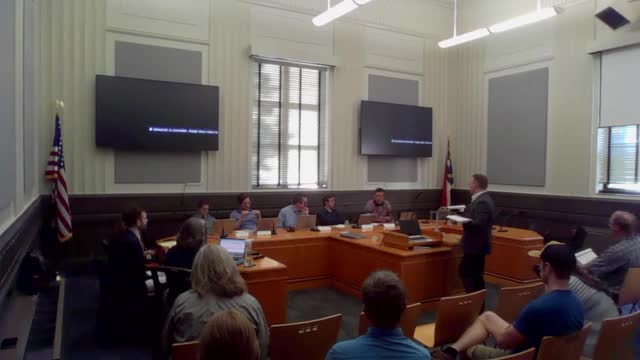Housing Development Sparks Debate Over Green Infrastructure Cuts
July 12, 2024 | Asheville City, Buncombe County, North Carolina

This article was created by AI summarizing key points discussed. AI makes mistakes, so for full details and context, please refer to the video of the full meeting. Please report any errors so we can fix them. Report an error »

During a recent government meeting, discussions centered on a proposed development project in the downtown core, highlighting the importance of holistic affordability calculations. Board members emphasized that affordability extends beyond the cost of individual housing units to include access to transit, education, healthcare, and public amenities. The proposed overlay district is strategically located to promote reduced car dependency, aligning with the city’s goals for sustainable development.
One board member expressed support for the project, noting its potential to revitalize a flood-prone area and repurpose the Brownsville site. The member suggested that the board should consider broader procedural barriers that may hinder development, advocating for collaboration with the Development Review Committee (DRC) to streamline processes.
Concerns were raised regarding the removal of retail space from the project, attributed to market conditions that favor housing development. While the board acknowledged the need for increased housing—citing an 80% increase in units from the previous plan—questions emerged about the trade-offs involved. Specifically, there was apprehension about the elimination of green infrastructure elements that had been part of earlier agreements.
As the meeting progressed, board members sought clarity on the rationale behind these changes, indicating a desire for transparency and a balanced approach to urban development that considers both housing needs and environmental sustainability. The discussions reflect ongoing efforts to navigate the complexities of urban planning while addressing community needs and market realities.
One board member expressed support for the project, noting its potential to revitalize a flood-prone area and repurpose the Brownsville site. The member suggested that the board should consider broader procedural barriers that may hinder development, advocating for collaboration with the Development Review Committee (DRC) to streamline processes.
Concerns were raised regarding the removal of retail space from the project, attributed to market conditions that favor housing development. While the board acknowledged the need for increased housing—citing an 80% increase in units from the previous plan—questions emerged about the trade-offs involved. Specifically, there was apprehension about the elimination of green infrastructure elements that had been part of earlier agreements.
As the meeting progressed, board members sought clarity on the rationale behind these changes, indicating a desire for transparency and a balanced approach to urban development that considers both housing needs and environmental sustainability. The discussions reflect ongoing efforts to navigate the complexities of urban planning while addressing community needs and market realities.
View full meeting
This article is based on a recent meeting—watch the full video and explore the complete transcript for deeper insights into the discussion.
View full meeting
